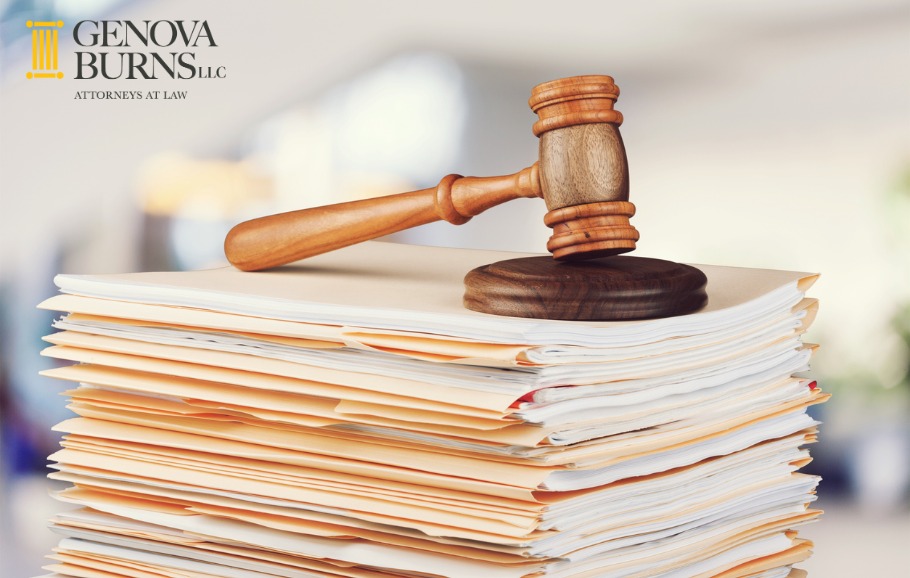NLRB ALJs’ Job Protections in Jeopardy After District Court Ruling
December 12, 2024 | By: Edward J. Bonett, Jr., Esq.
On December 10, 2024, U.S. District Court Judge Trevor McFadden, sitting in the District of Columbia, ruled that the job protections afforded NLRB Administrative Law Judges (ALJs) are unconstitutional because they impede the President’s power to remove executive branch subordinates under Article II of the Constitution. This is the first decision to squarely address the protected status of NLRB ALJs after numerous claims nationally that the NLRB’s structure, including the status of Board members and ALJs, is unconstitutional. However, this decision, issued at the summary judgment stage, falls short of enjoining the NLRB from prosecuting unfair labor practice charges or pursuing remedies where the ALJ has found merit to unfair labor practice allegations. Nevertheless, this decision may be the first step toward narrowing the power of the NLRB’s judges to create law that conflicts with the will of the people and the labor relations agenda of the sitting President. VHS Acquisition Subsidiary No. 7 v. NLRB.
An ALJ hears cases prosecuted by NLRB Regional Directors in various regions across the country on behalf of the NLRB’s General Counsel, the chief prosecutor of unfair labor practice charges. The ALJ swears in witnesses, makes evidentiary rulings, hears testimony, makes credibility determinations, and ultimately issues findings on all allegations. Decisions are then reviewable by the members of the NLRB. The NLRB is prominent among federal agencies in creating law almost exclusively through adjudicating cases, which starts with the ALJs. When a party facing an adverse ruling does not take exception to an ALJ ruling, the ALJ decision is deemed final, although not necessarily precedential. Thus, the NLRB ALJ has an outsized role in influencing federal labor law and by extension in setting the President’s labor law agenda.
In the VHS case, the NLRB issued a complaint against VHS, a Massachusetts hospital, alleging that it committed several unfair labor practices against a nurses’ union. The case was referred to an ALJ for hearing, but before the case was tried, VHS asked the court to restrain the proceeding and find that the ALJ was improperly protected from removal by the President. Judge McFadden noted that ALJs “wield significant discretionary executive authority” but are inferior officers who “cannot be insulated by more than one level of job protection.” After surveying the history of Article II Presidential removal power and its importance, Judge McFadden took issue with the two-layer protections presently afforded the ALJs – namely, they are removable only on “good cause” established by the NLRB members, which is then reviewable by the Merit Systems Protection Board (MSPB). Citing Supreme Court decisions in Free Enterprise Fund v. Public Company Accounting Oversight Board (involving the SEC) and Collins v. Yellin (involving the Federal Housing Finance Agency), he found these protections exceed the “outermost constitutional limits” on the President’s removal power, which is limited to: (a) when Congress specifically limits the President’s ability to remove inferior officers with circumscribed duties, or (b) when Congress grants tenure protection to a bipartisan, multimember board that performs quasi-judicial or legislative functions. Upon finding the current ALJ removal protections unconstitutional, Judge McFadden opined that the solution is to make NLRB ALJs removable at will by the NLRB, eliminating the requirement of good cause and the ability of the MSPB to review the removal. This would separate the ALJs from the President by only a single (and not a double) layer. As the judge noted, the NLRB would then be “fully responsible for the [ALJ’s] actions.”
For now, this decision applies only to the subject case and does not even affect the outcome of the case. The court found that VHS suffered no “harm” -- the ALJ proceeding did not get under way -- and closed the case, apparently allowing the NLRB complaint to proceed to hearing before an ALJ who is not unconstitutionally insulated from removal. Meanwhile, circuit courts are currently reviewing this issue and should have more guidance soon. The Fifth Circuit has already found that the tenure protections of SEC ALJs are unconstitutional and is expected to rule on cases involving the NLRB’s ALJs. On the other hand, the Sixth, Ninth, and Tenth Circuits have held that removal protections afforded to FDIC ALJs are not unconstitutional. Ultimately, Judge McFadden’s decision could influence circuit court decisions and spur Congressional action to empower the President to remove ALJs and even NLRB Board members at will, which may accelerate implementation of an Administration’s labor relations policy.
Should you have any questions, please contact Counsel Edward J. Bonett, Jr., Esq. at 908.546.6991 or via email here, Partner Patrick W. McGovern, Esq. at 973.535.7129 or via email here, or any Partner in our firm’s Labor Law Practice Group.
Tags: Genova Burns LLC • Edward J. Bonett, Jr. • NLRB • National Labor Relations Board • Constitution • Labor Law • Supreme Court • labor relations


